India’s cumulative installed energy storage capacity reached 490 MWh by the end of June 2025, according to Mercom India’s newly released India’s Energy Storage Landscape 1H 2025 Report. Karnataka (33%), Chhattisgarh (24%), and Gujarat (16%) were the top three states in terms of cumulative installed energy storage capacity.
Solar-plus-storage systems accounted for nearly 56% of India’s cumulative installed capacity. This was followed by more than 32% from solar-plus-wind projects with round-the-clock capability, and over 12% from standalone battery energy storage systems. The remaining share came from floating solar with storage, and solar-plus-wind projects with storage capabilities.
India also has an operational pumped storage capacity of 5 GW as of the time of the report’s publication.
The report attributes strong policy support, including Tranche II of viability gap funding and the Central Electricity Authority’s (CEA) mandate to include co-located storage in all solar tenders with a minimum duration of two hours, equivalent to 10% of solar capacity, driving the adoption of energy storage across the country.
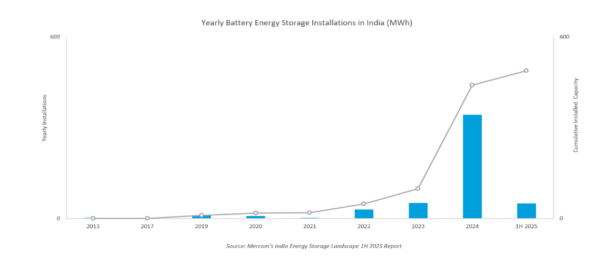
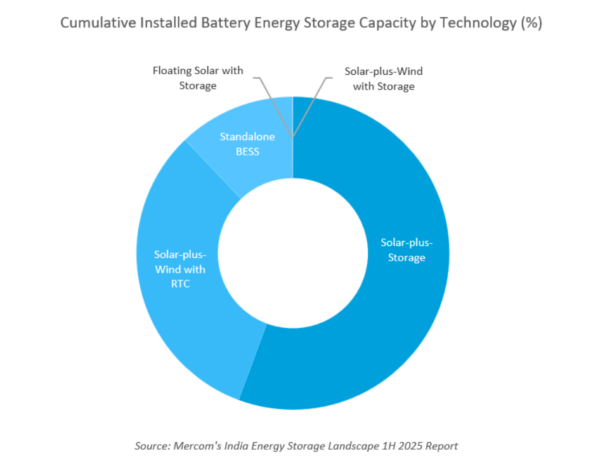
Capacity addition in H1 2025
The report notes that India added 48.4 MWh of energy storage capacity in H1 2025—a 74% decline compared to 186 MWh added in the same period last year, reflecting the sector’s dependence on hybrid project-linked deployments where commissioning delays and slower tender activity continue to drive fluctuations in growth.
Despite the drop in H1 installations, the analysts remain upbeat on the sector. “Lower installation numbers in the first half are not a setback – they represent a pause before the next phase of strong growth,” said Raj Prabhu, CEO of Mercom Capital Group. “Strong policy support through the ISTS waiver extension and the expanded VGF program is laying the foundation for rapid deployment. Investor confidence is rising, tender activity is accelerating, and the sector is now positioned for sustained growth. These measures will drive cost stability, mobilize new capital, and solidify energy storage as a cornerstone of India’s clean energy transition.”
Pipeline
Mercom analysts expect India’s cumulative energy storage installations to reach 33 GWh by 2028.
As of June 2025, India had nearly 13.7 GWh of standalone battery storage, approximately 3.9 GWh of solar-plus-wind projects with storage capabilities, nearly 3.2 GWh of solar-plus-storage projects, over 1.4 GWh of solar-plus-wind projects with round-the-clock capabilities, and 415 MWh of renewable energy-plus-storage projects at various stages of development. Additionally, over 81 GW of pumped storage was in the development pipeline, with nearly 12.4 GW under construction, about 3.3 GW in pre-construction, more than 2.4 GW under examination post detailed project report submission, and nearly 63 GW in the survey and investigation phase.
Gujarat had the largest pipeline of standalone battery storage capacity under development, followed by Maharashtra and Rajasthan.
This content is protected by copyright and may not be reused. If you want to cooperate with us and would like to reuse some of our content, please contact: editors@pv-magazine.com.
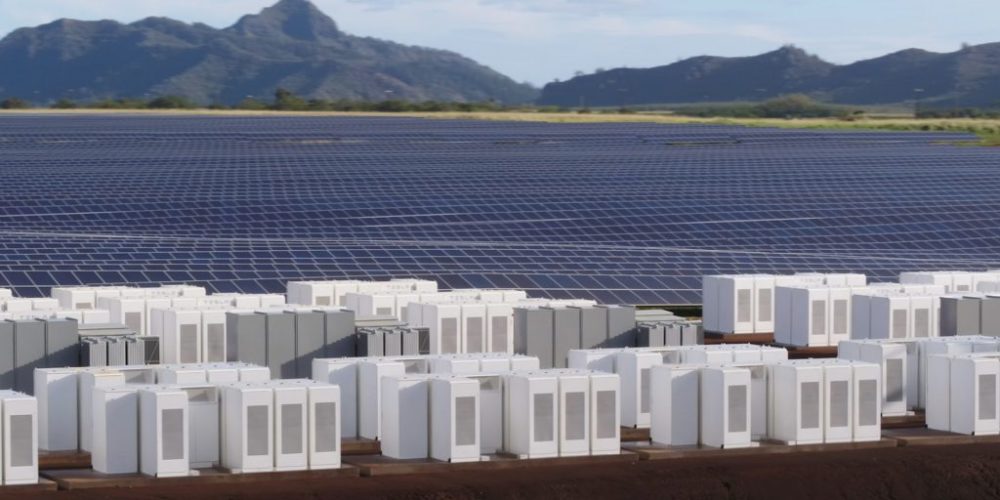
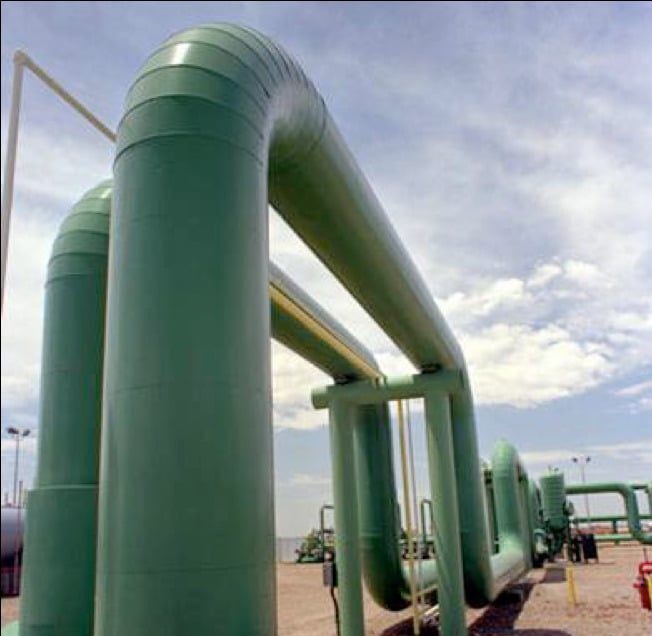


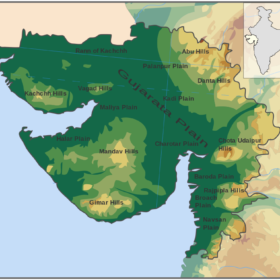

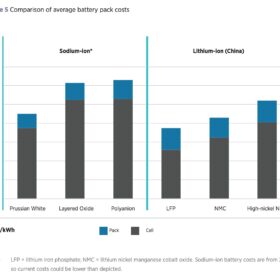
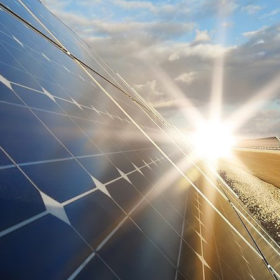
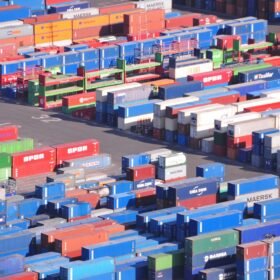
1 comment
By submitting this form you agree to pv magazine using your data for the purposes of publishing your comment.
Your personal data will only be disclosed or otherwise transmitted to third parties for the purposes of spam filtering or if this is necessary for technical maintenance of the website. Any other transfer to third parties will not take place unless this is justified on the basis of applicable data protection regulations or if pv magazine is legally obliged to do so.
You may revoke this consent at any time with effect for the future, in which case your personal data will be deleted immediately. Otherwise, your data will be deleted if pv magazine has processed your request or the purpose of data storage is fulfilled.
Further information on data privacy can be found in our Data Protection Policy.